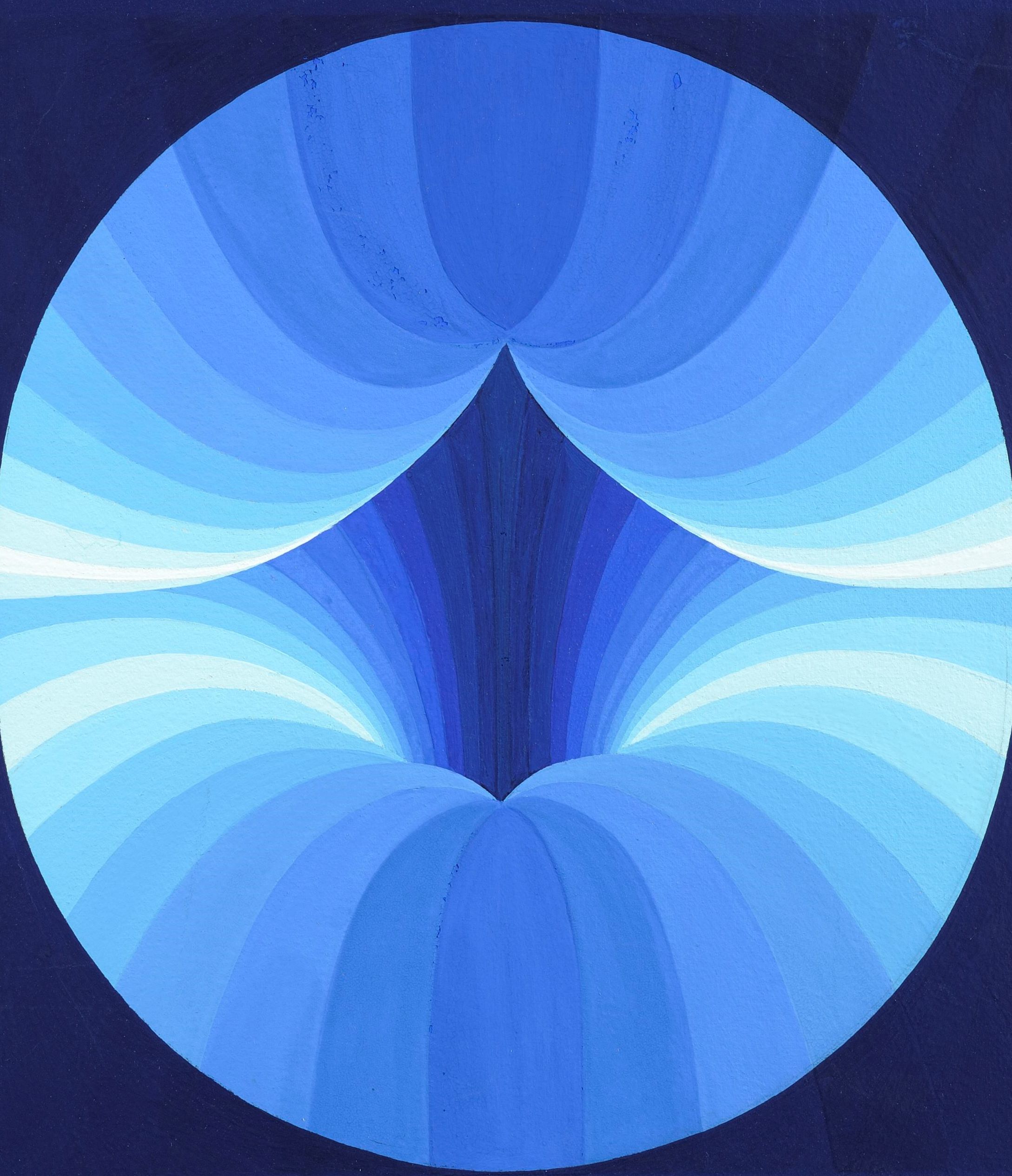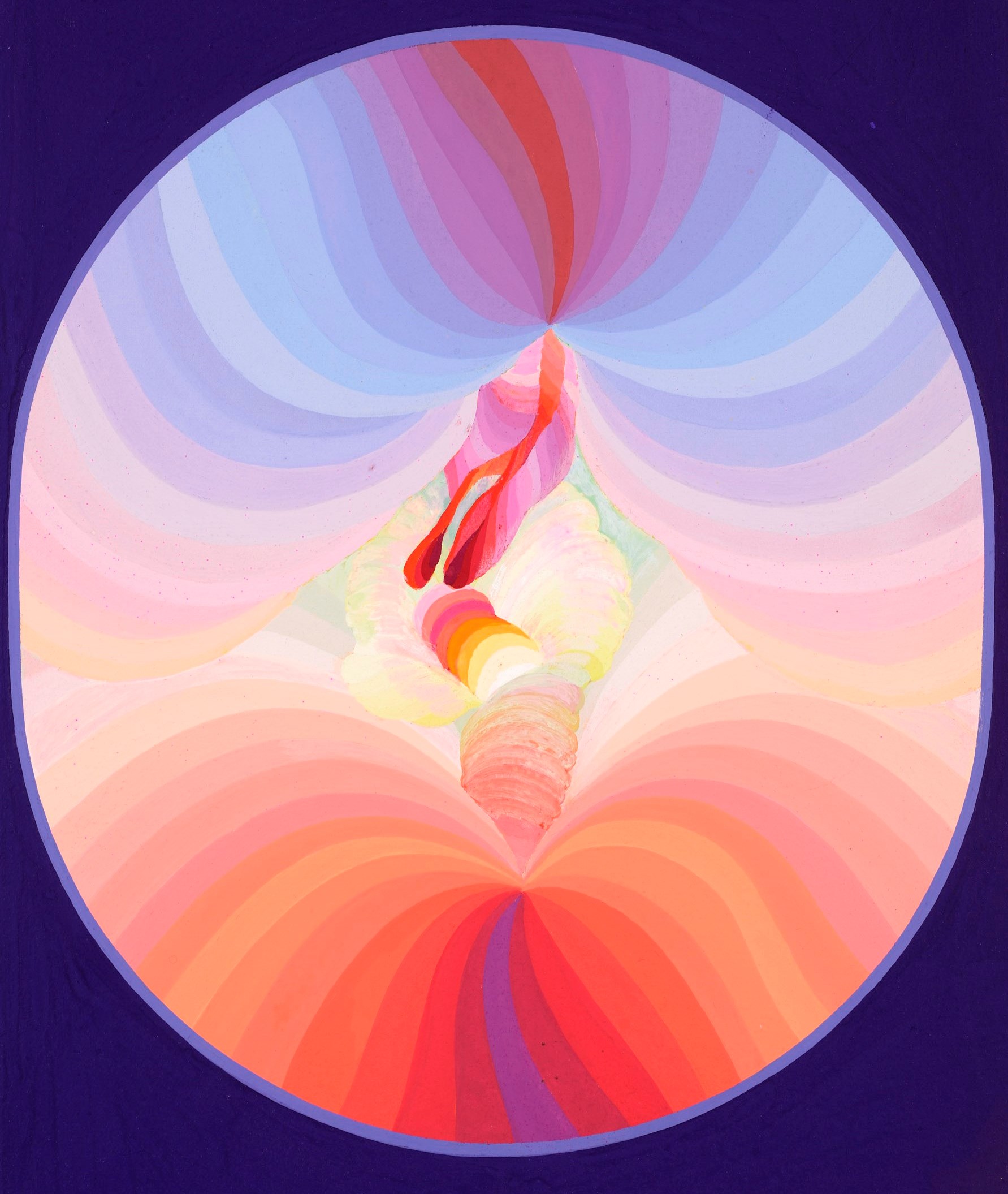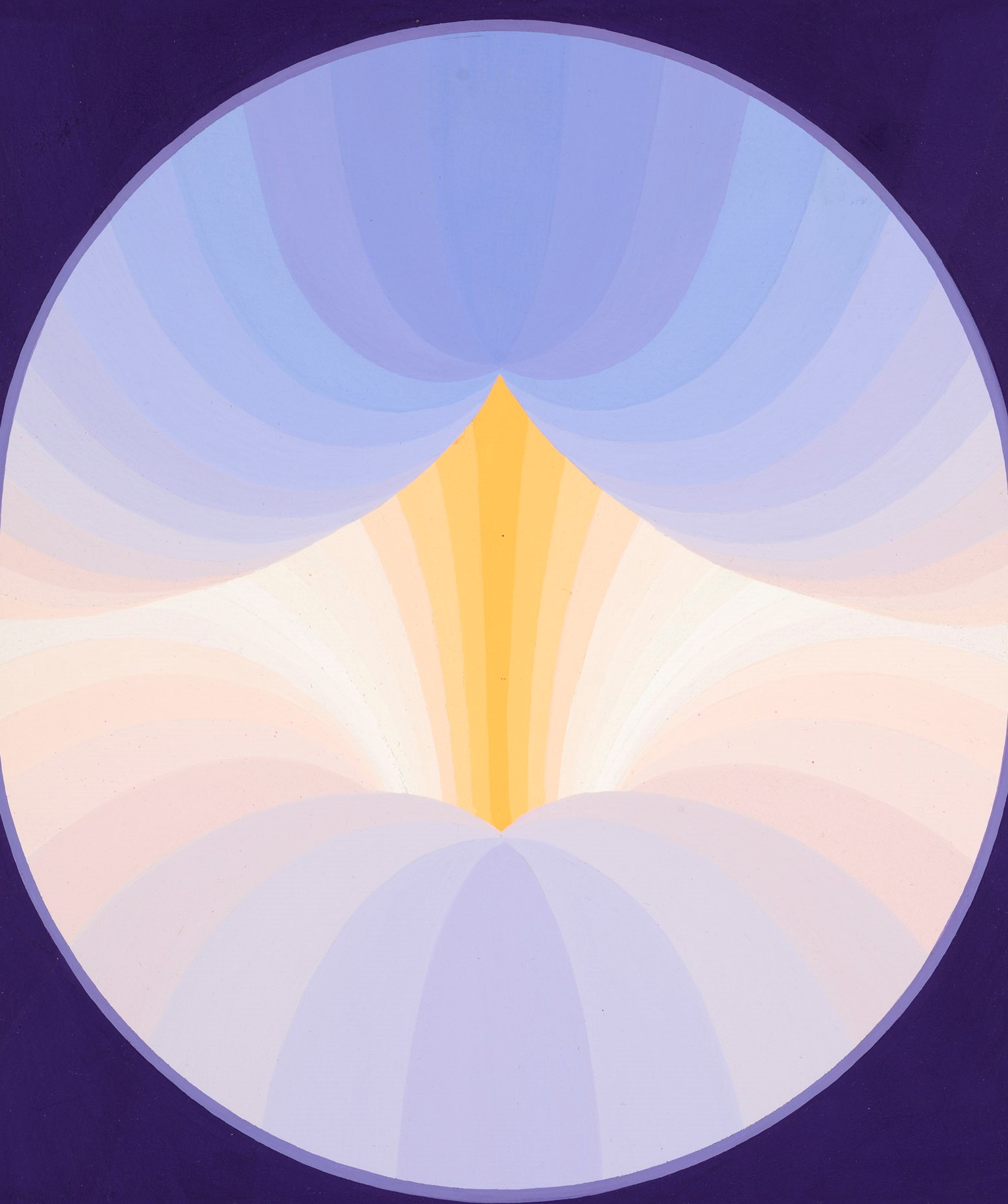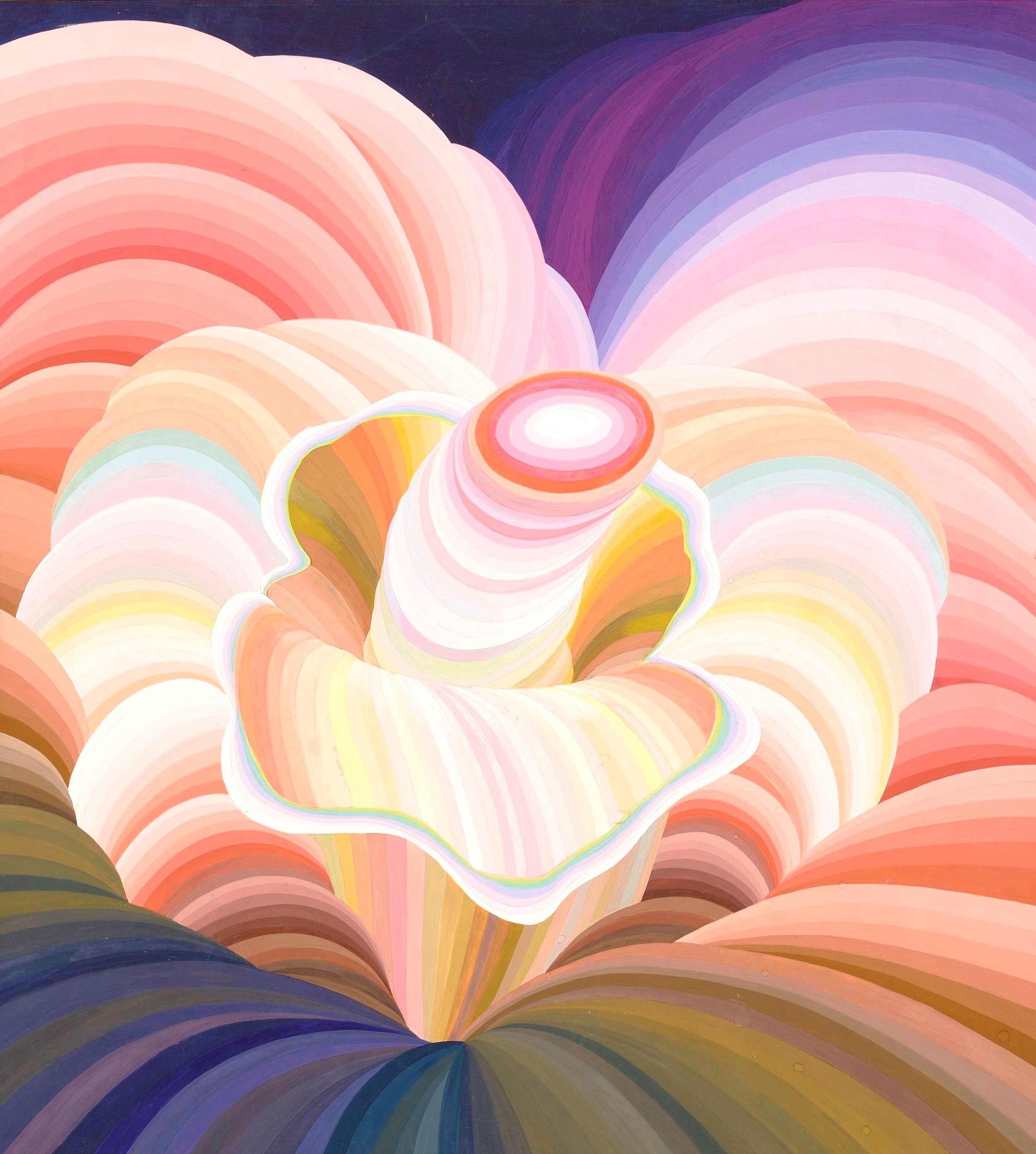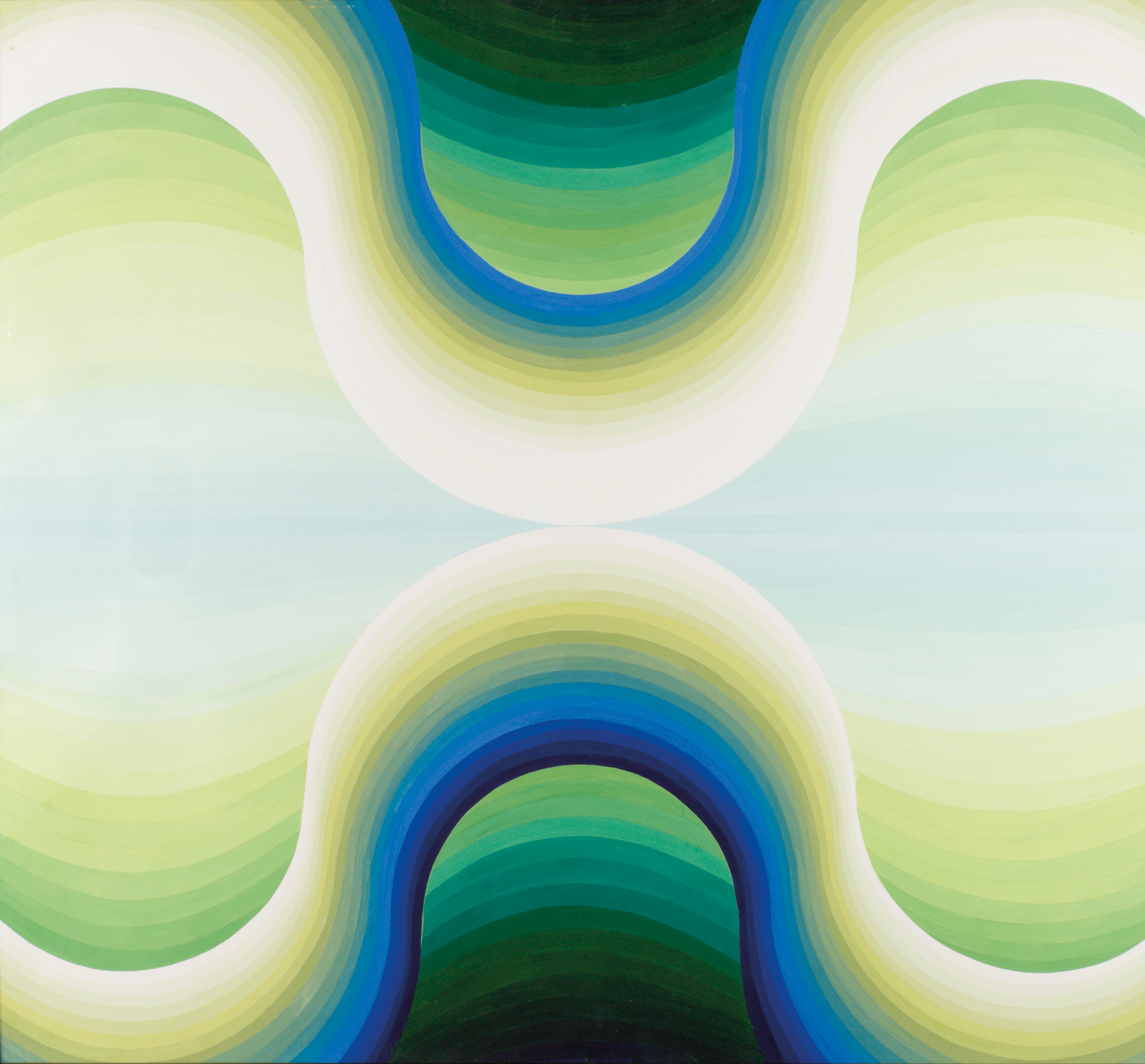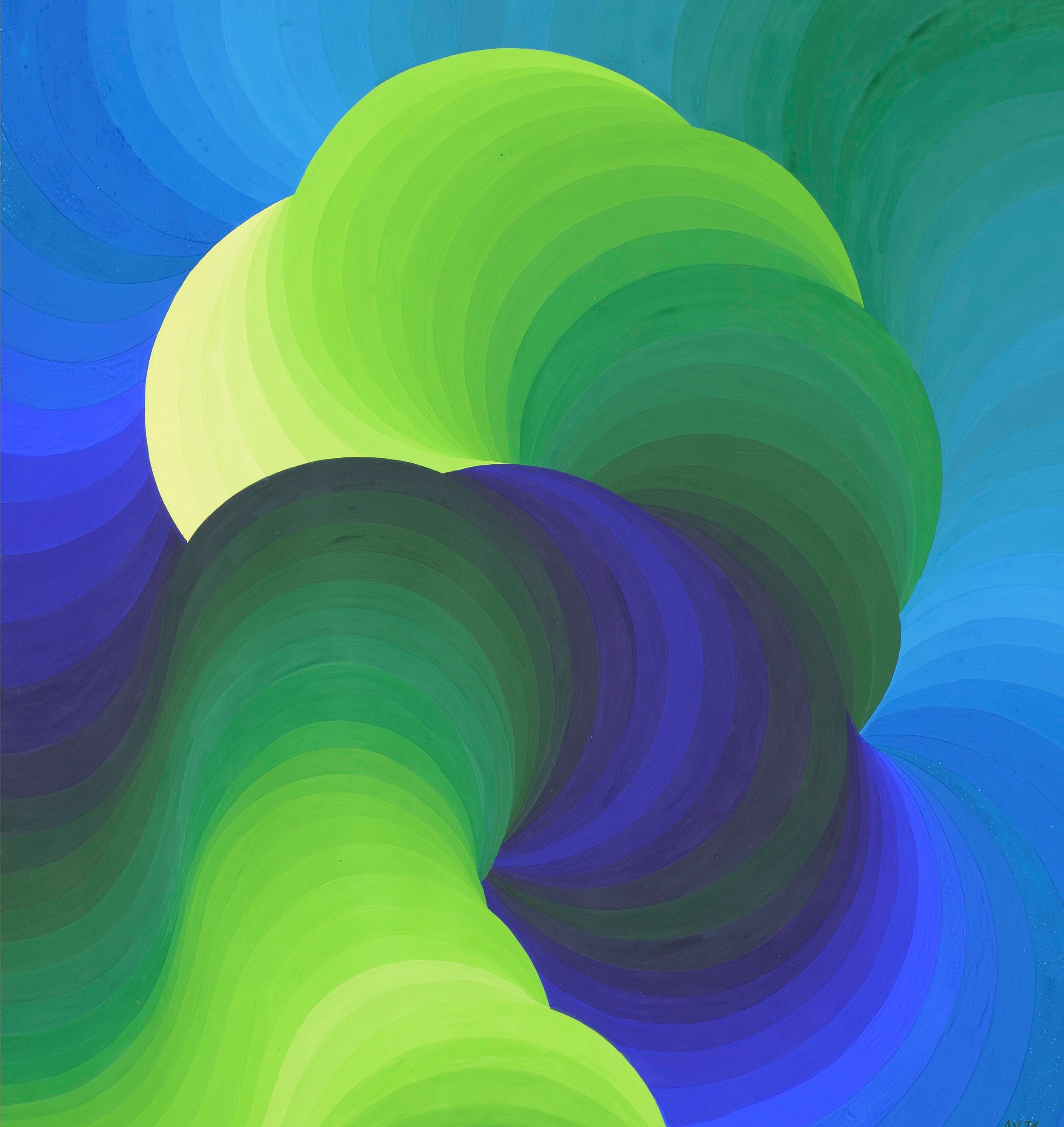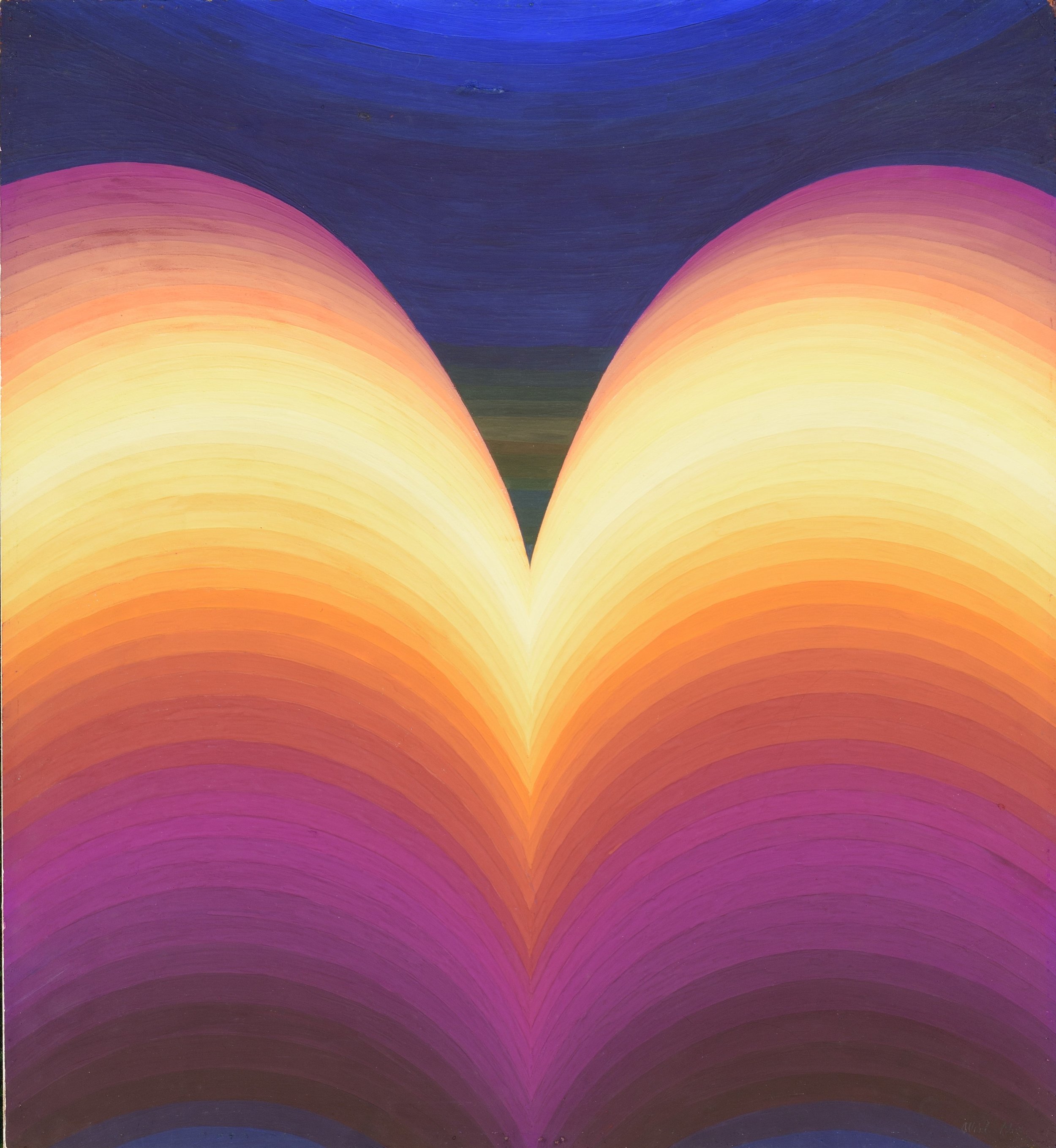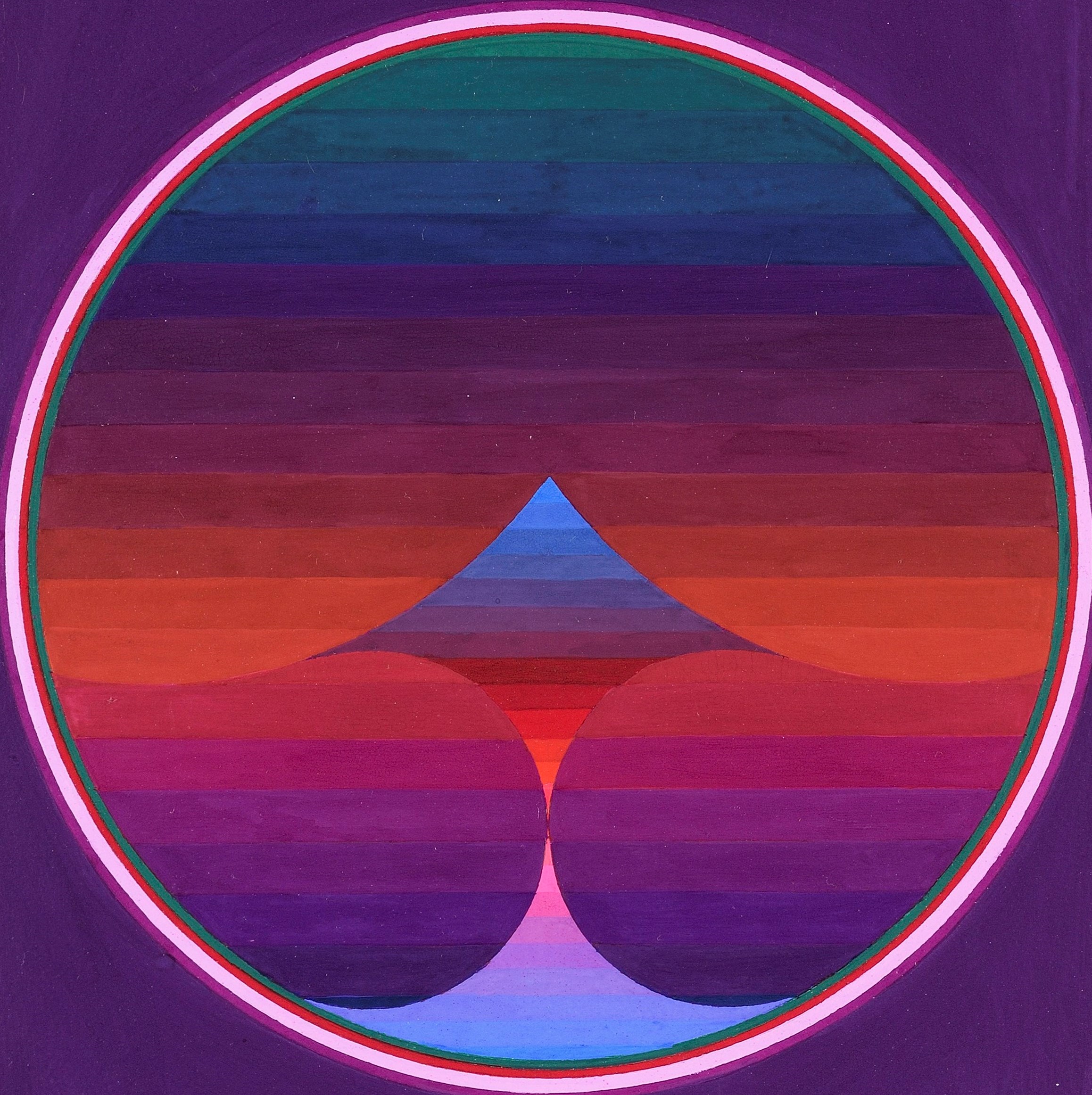It is not just a saying that in your future you meet your past. Upon reviewing the work I've done throughout my lifetime, it has now become my passion to bring back these Golden Sixties!
Cheerful Pop-Art Forever! — It’s just like opening an old bottle of high quality wine
JOY 1967, Gouache painting, Tartu Art Museum
and
CATASTROPHE 1967, Gouache painting 75 x 63 cm, artist collection
But how it began? Why I started painting gouach paintings? I was studying graphics in Art Academy…
…How I got my gouache paints
Living under the conditions of the Russian “fertilizing” power, there was no art supply store in Estonia where one could buy high-quality foreign canvas and paints for painting. The only place where an artist could buy this “goods” was a special “lavka” in the basement of the art building, which was provided by Moscow. However, only an artist who had to be a member of the Estonian Artists’ Union could buy from such a treasure trove of artist’s dreams, and then, if things went well, he was graciously accepted as a member of the Moscow USSR.
Over a period of time, one box (1!) of Dutch paints was sent from Moscow to all members of the Estonian Artists’ Union. Believe it or not, it was true. We had to draw lots. I won.
(This incomprehensible story could only be understood in the sense that there were 16 “republics” in the USSR and goods had to be sent to all of them.)
So I went home and started I to get to know them. I did little sample strips at first. But then I felt that I could not waste expensive paints. And started painting. Here are the results.
Or…how the pictures may interact with each other?
THE STORY OF MY DESTINY
In the beginning of my career as an artist I loved picking vibrant colors, comparing their lightness-darkness and boldly transferring them to the paper without much awareness of where this came from. This resulted in op-art, which was innovative at the time.
And suddenly, like lightning from a clear sky, I learned that there is an acclaimed artist named Ay-O in Japan, who uses the same kind of striped gradient motifs in his paintings. He was already famous at that time and I might have been pegged as a plagiarist: Someone named “Ay-Li “ does the same thing as the Japanese Ay-O!
I abruptly gave up the style I had invented, despite the fact that there was a lot of hope for development. It was a pity, of course, but I actually enjoyed this unexpected turn in my work, which gave me the opportunity to start painting the Sea instead, something that I had already dreamt of as a child.


